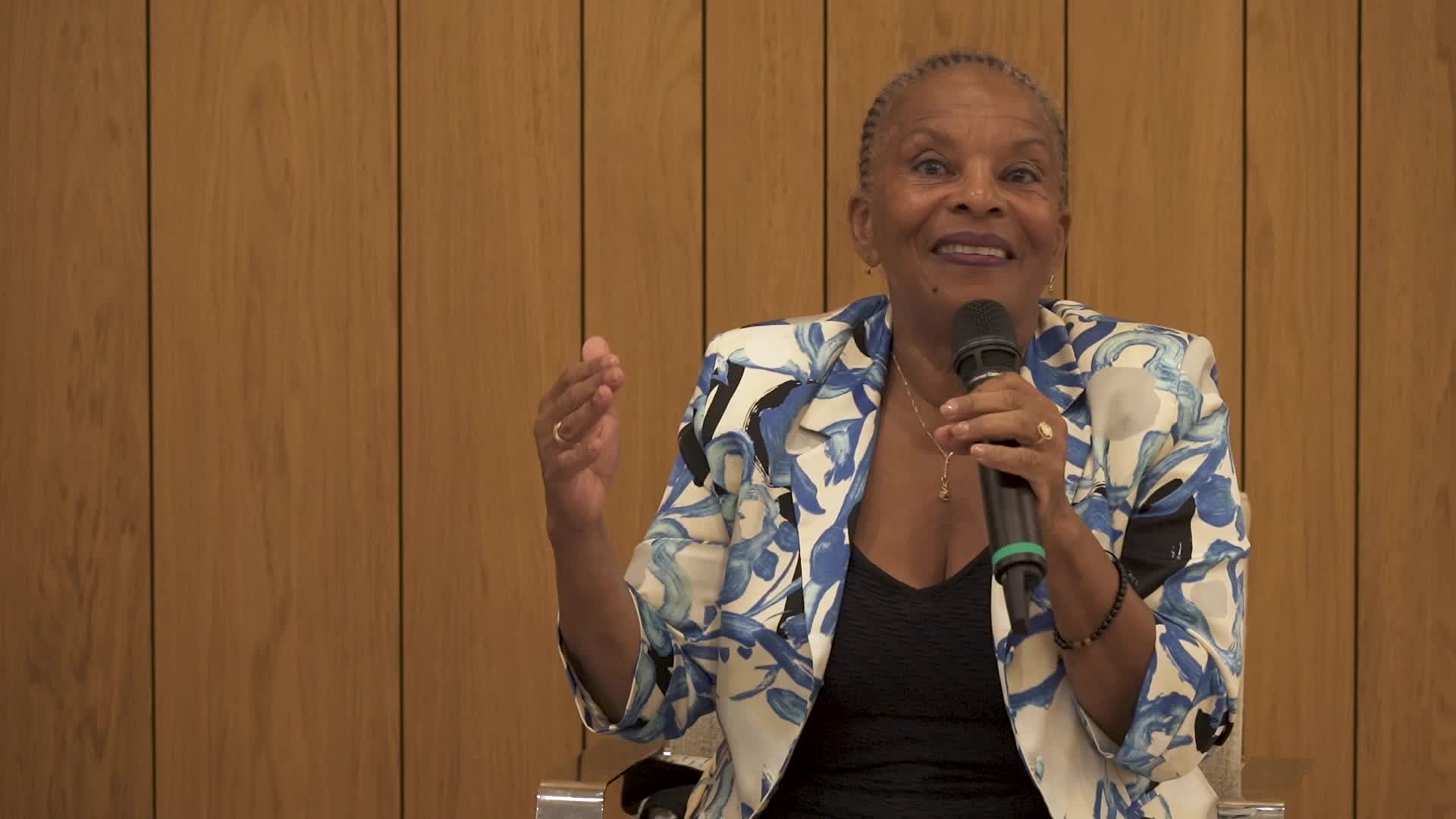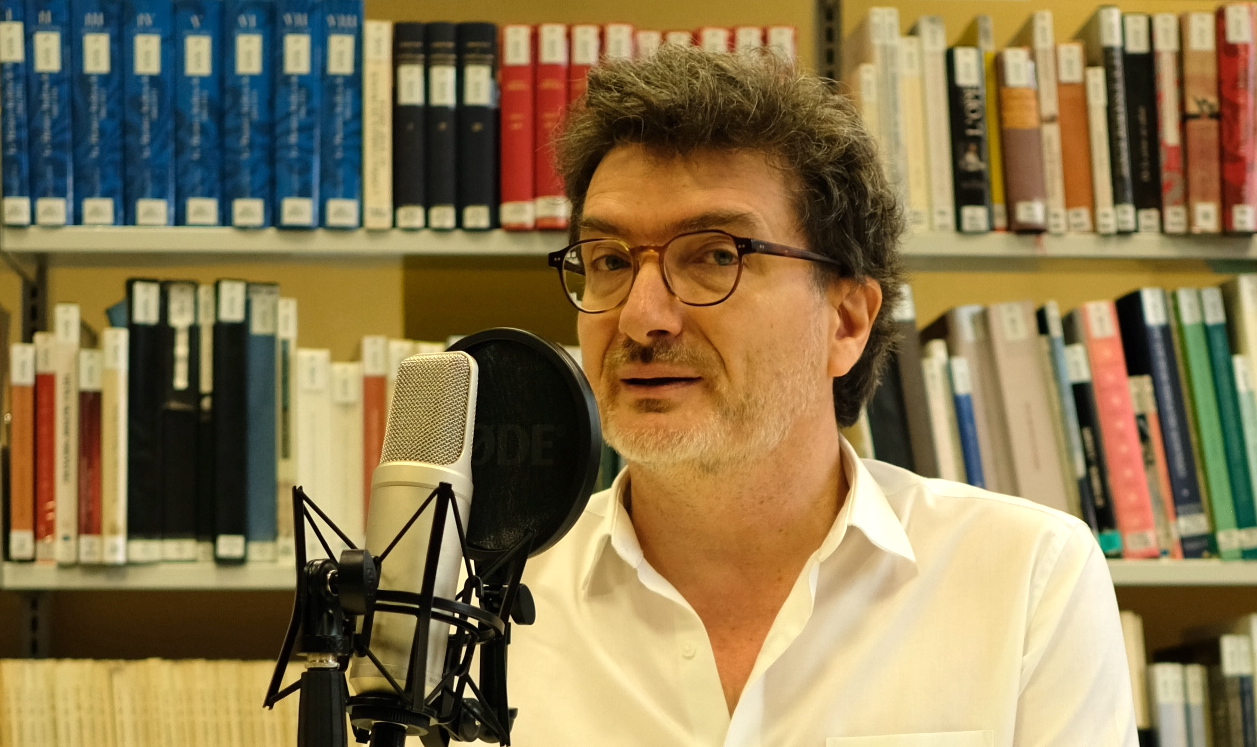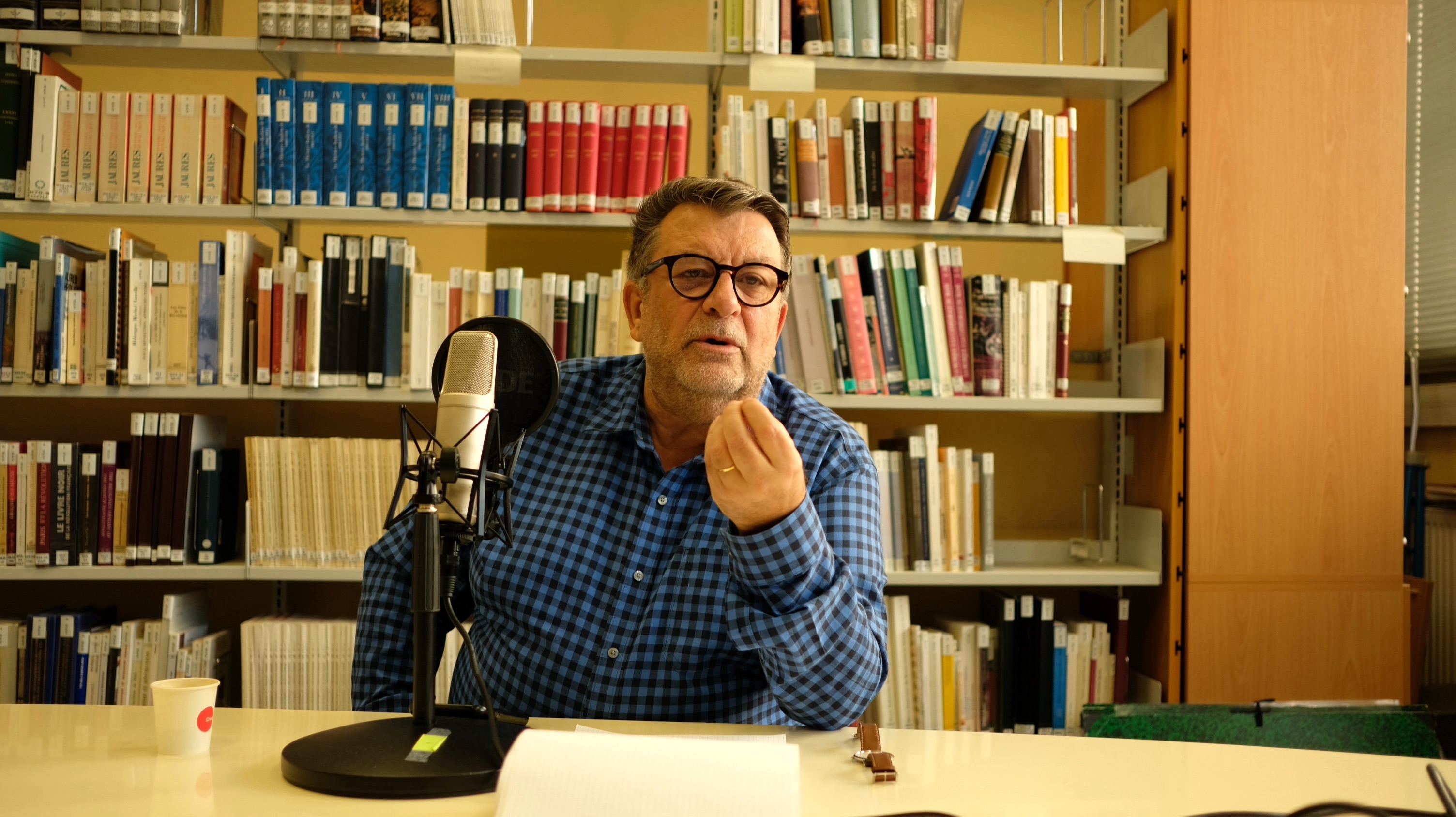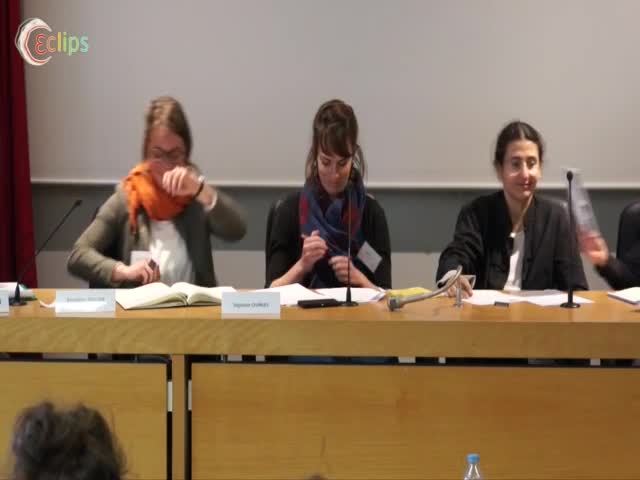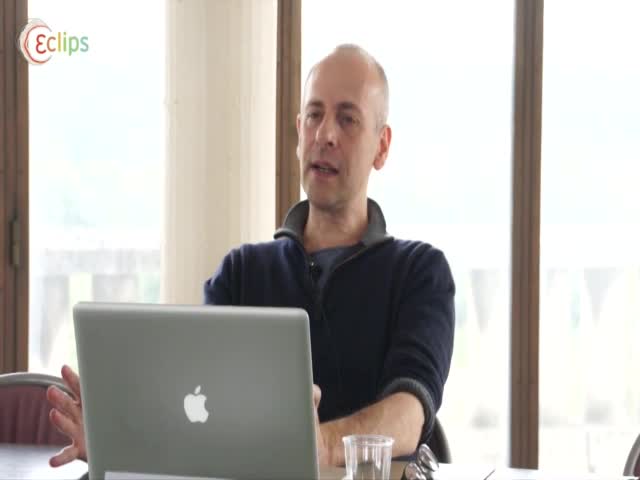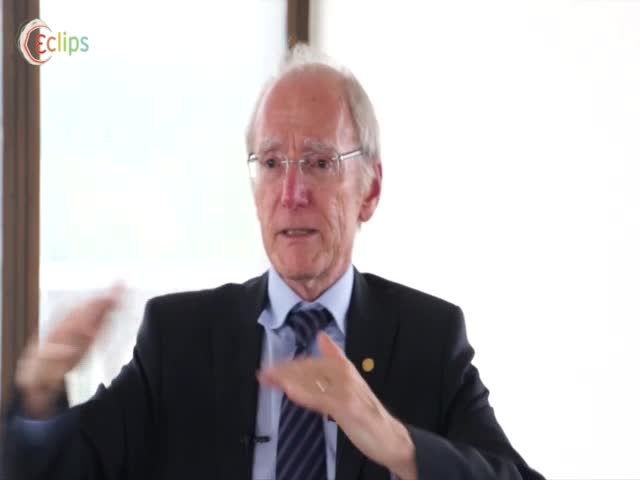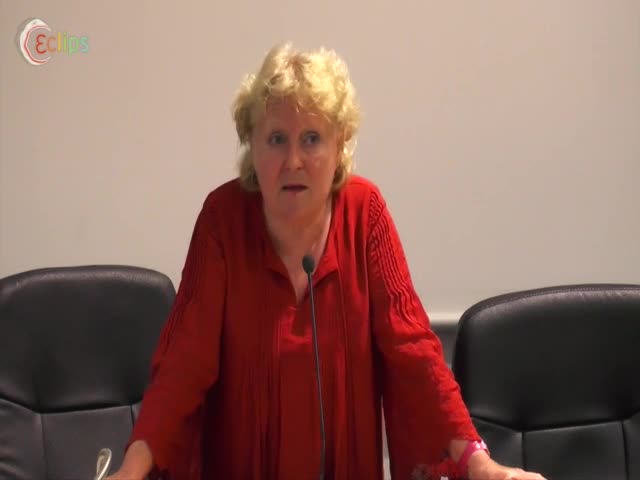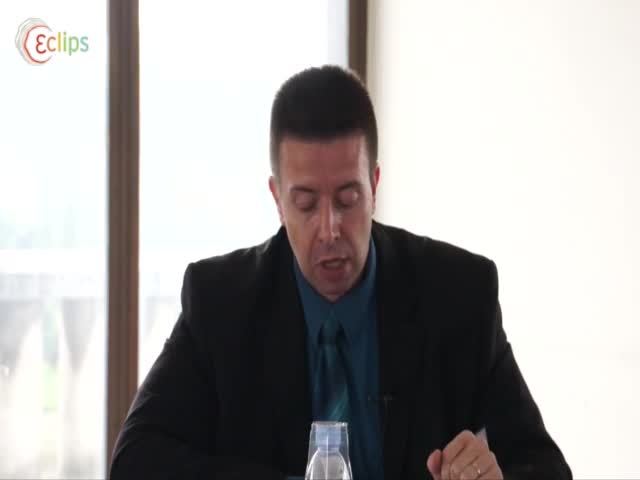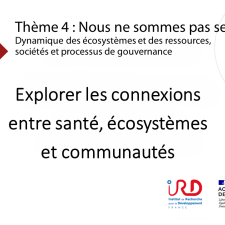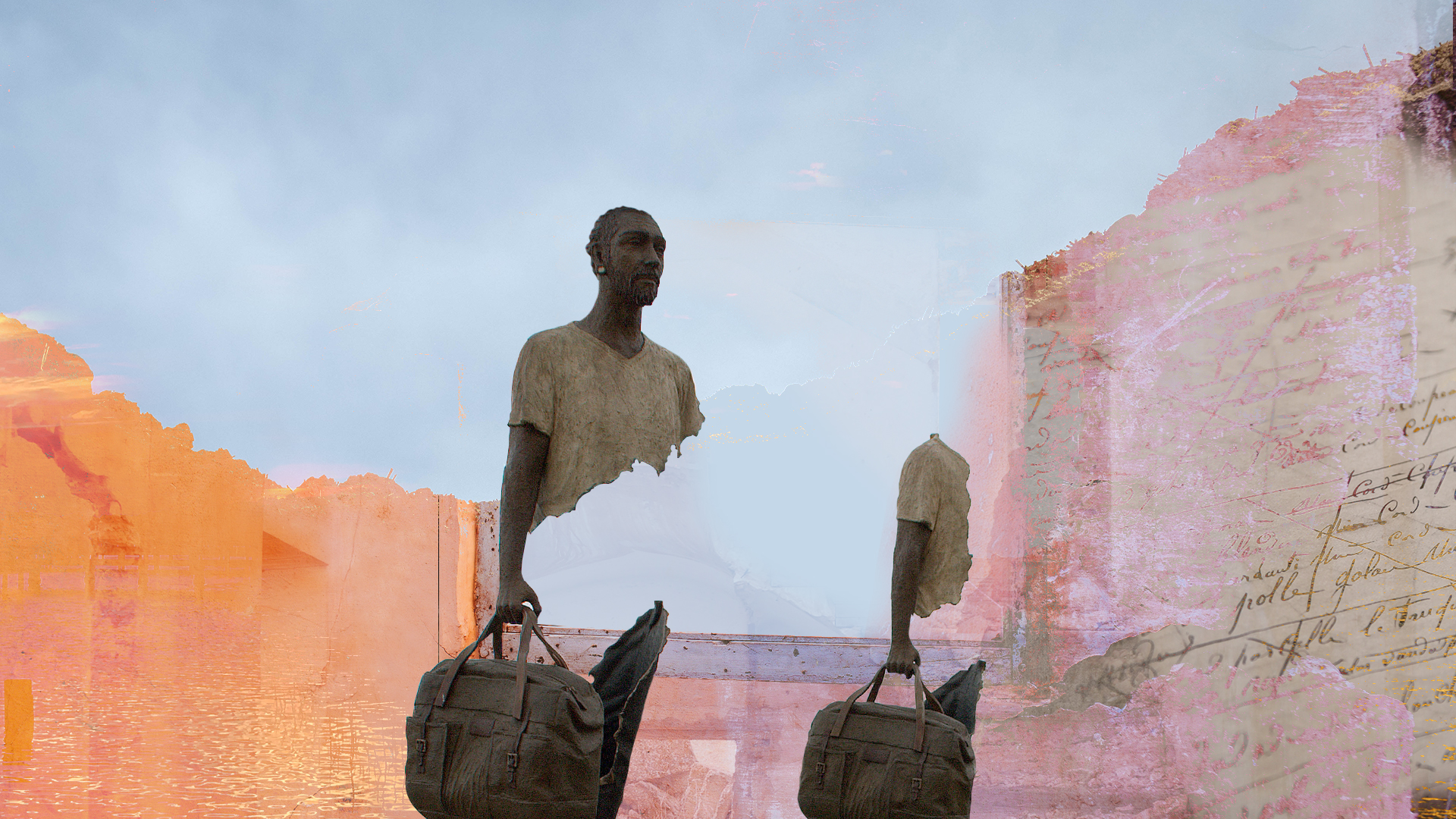Notice
Keynote "Is India becoming an ethnic democracy ?"
- document 1 document 2 document 3
- niveau 1 niveau 2 niveau 3
Descriptif
Christophe Jaffrelot, CERI-Sciences Po/CNRS
Recently, in the context of populists’ rise to power, political scientists have tried to qualify emerging brands of hybrid democracy. Hence the notions of “illiberal democracy”, “democrature”, “electoral authoritarianism” etc. While these labels may apply to India today, the new prominence of the Hindu nationalist repertoire is an invitation to test another theory: the ”ethnic democracy” model.
For Sammy Smooha, who introduced this concept, in an ethnic democracy, rulers are chosen by the voters, political parties compete in elections, free media continue to play their role and the judiciary retains some independence, but the ethnic majority (defined by religion, language or race) is recognised as dominant and minorities are marginalised. In many cases this balance of power is official and the state is de jure associated with a community, as is the case in Israel (Smooha’s country).
India may be on its way towards a de facto ethnic democracy. Not only have attacks against secularism (and secularists) multiplied, perpetrated in the name of Hindu nationalism and its equation between the Indian nation and the religious majority, but minority representation in key institutions has declined as well. Muslims are a case in point. Certainly, Muslims have always been almost absent from some sectors of the Indian state, such as the army or senior levels of the police. But they are now less and less visible in parliament, in state assemblies and in Union as well as state governments.
Furthermore, Muslims (and Christians to some extent) have been targeted by campaigns orchestrated recurrently with the aim of conversion (Ghar Wapsi), against “Love Jihad” or cow slaughter. These mobilisations are generally initiated by vigilante groups often operating in conjunction with the police, a development suggesting a certain transformation of the Sangh Parivar, the matrix of Hindutva: while RSS traditionally worked to shape society at the grassroots level, it now prizes the role of the state apparatus, a changing perspective with long-term implications.
Dans la même collection
-
Welcome Ceremony
RuggiuFrançois-JosephŽupanovInes G.DemiauxVictorGodfroy-GeninAnne-SophieThe ECSAS has met regularly since 1968, and has provided an important opportunity to discuss current research and scholarship on topics relating to South Asia within the humanities and social
Sur le même thème
-
L’hospitalité dans l’avenir de la démocratie
TaubiraChristianeVasconcelosÁlvaro deCastroTeresaAraujoChristopheDos SantosGraçaPlácido CordeiroGonçaloL’hospitalité dans l’avenir de la démocratie. Débat avec Christiane Taubira et Álvaro Vasconcelos Dans le cadre du cycle de débats « Passeurs de Mondes, Bâtisseurs de l'Universel » est une
-
De la rue à la mairie
HamouDavidInterview de David Hamou, dans le cadre de la sortie de son ouvrage "De la rue à la mairie. Sociologie du municipalisme"
-
-
Pourquoi les nombres ont-ils contribué à l'émergence grecque de la démocratie ?
MacéArnaudArnaud Macé nous explique ce que la réforme de Clisthène à Athènes, acte fondateur de la démocratie, doit aux nombres.
-
Donald Trump et la Constitution : anatomie pathologique de la démocratie américaine
MichelotVincentVincent Michelot, professeur d’histoire politique des Etats-Unis à Sciences Po Lyon, pose une question essentielle : les Etats-Unis sont-ils en train de glisser vers la démocratie illibérale ?
-
Table ronde 2 "La dimension hybride et transversale des démarches démocratiques en architecture et …
MacaireÉliseLongeotLéaLe développement, depuis les années 90 en France, des conseils de quartiers, réunions de concertation ou autres assemblées consultatives, témoigne de la volonté des élus et des acteurs de la ville d
-
02 - "Les ambitions déçues de la démocratie urbaine dans les quartiers populaires"
KirszbaumThomasLe développement, depuis les années 90 en France, des conseils de quartiers, réunions de concertation ou autres assemblées consultatives, témoigne de la volonté des élus et des acteurs de la ville d
-
04 - Conférence "Ambitions et désillusions de la participation"
PontierJean-MarieLe développement, depuis les années 90 en France, des conseils de quartiers, réunions de concertation ou autres assemblées consultatives, témoigne de la volonté des élus et des acteurs de la ville d
-
03 - "Un regard sur les travaux du colloque pour réfléchir aux limites de la paticipation"
DenèfleSylvetteLe développement, depuis les années 90 en France, des conseils de quartiers, réunions de concertation ou autres assemblées consultatives, témoigne de la volonté des élus et des acteurs de la ville d
-
01 - Introduction au colloque "Expériences et limites d'un idéal de démocratie"
BressonSabrinaMozolPatrickLe développement, depuis les années 90 en France, des conseils de quartiers, réunions de concertation ou autres assemblées consultatives, témoigne de la volonté des élus et des acteurs de la ville d
-
Explorer les connexions entre santé, écosystèmes et communautés.
Stéphanie SIGNORET présente la nouvelle définition du principe «One health » ( OHHLEEP, 2021), qui ajoute le rôle central des communautés. Elle montre comment intégrer cette dimension par l’approche
-
MARIO SOARES L'EXIL D'UN DEMOCRATE PRO-EUROPEEN
VasconcelosÁlvaro deSoaresIsabelAraujoChristopheMartinsGuilherme d'OliveiraMorinEdgarLe 25 avril 2024 marquera le 50e anniversaire de la révolution des Œillets qui a mis fin à 48 ans de dictature et d'empire colonial, tout en déclenchant une vague démocratique en Europe et dans le



